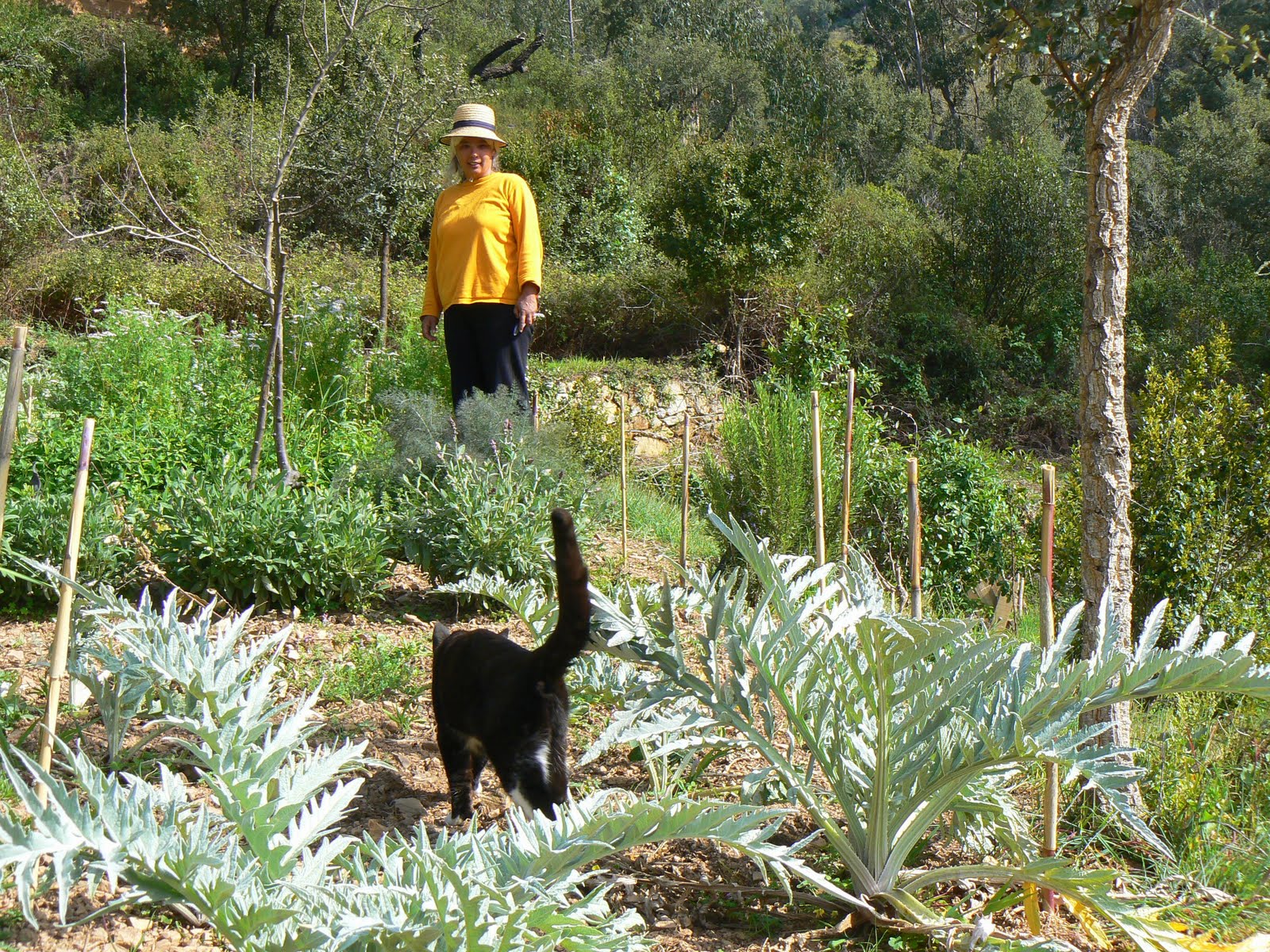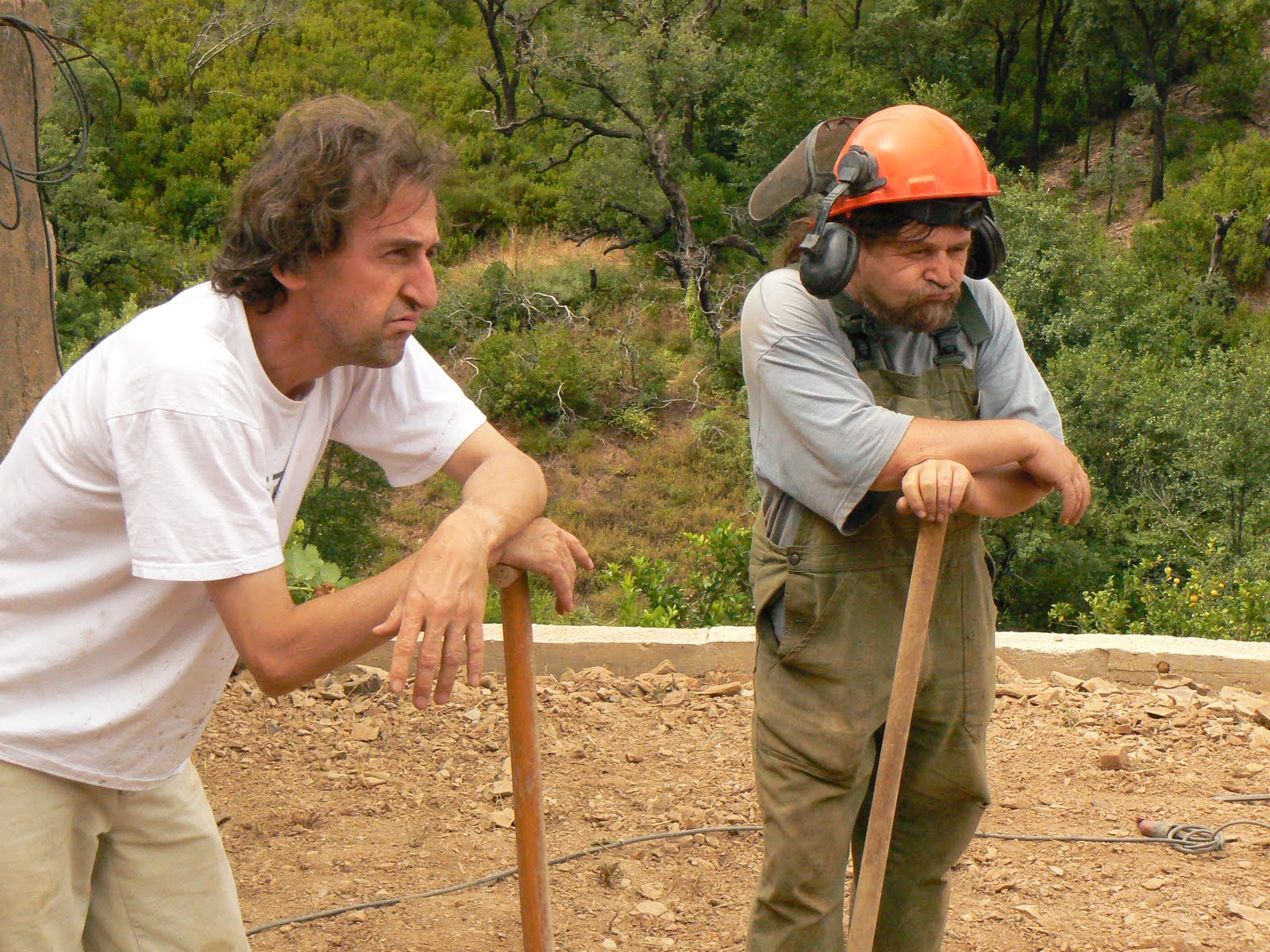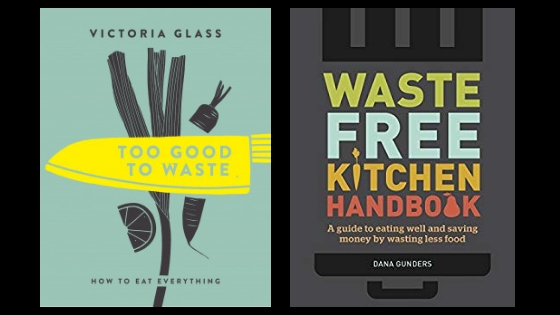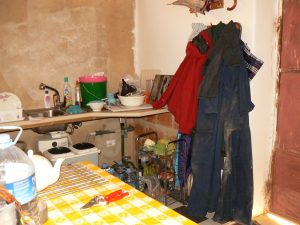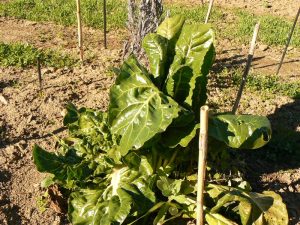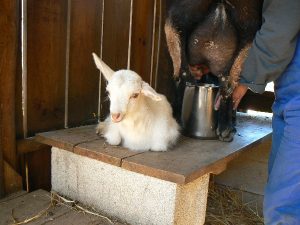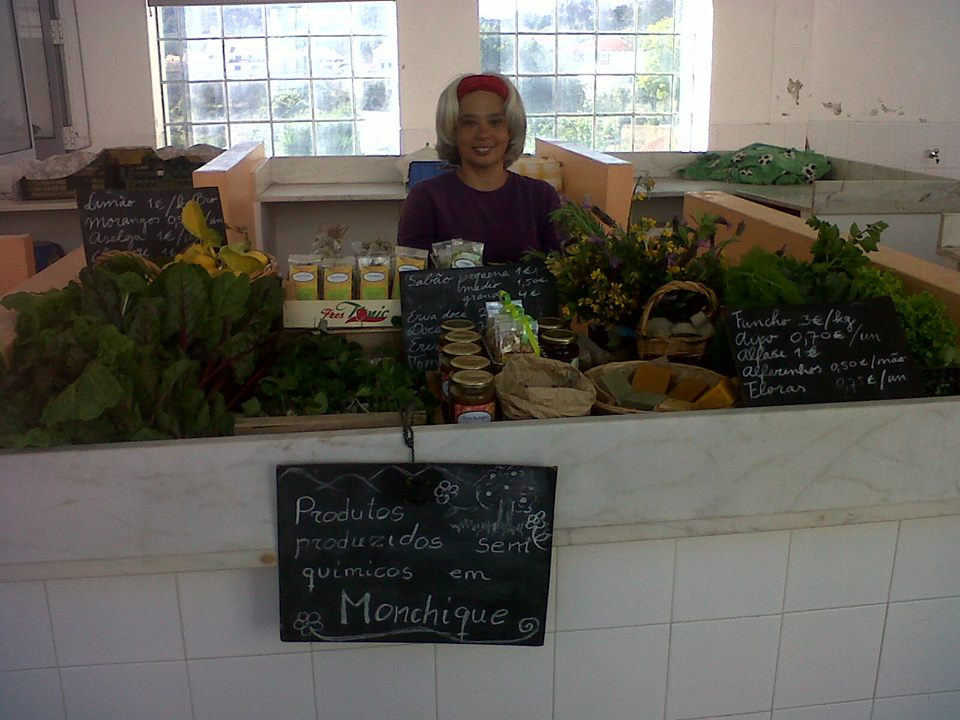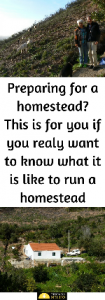Don’t you enjoy working on your Homestead anymore, because it is so overwhelming? Does it make you wonder whether other homesteaders have the same trouble and why on earth somebody would start a homestead?
In this blog I want to tell you something about a book I read and how exactly it changed my view on the work we have on our small farm. And how it made me enjoy our place and our work much more.
This is what I learned from Mary Mann Hamilton’s book “Trails of the Earth, The Treu Story of a Pioneer Woman”.
This blog contains affiliate links. By using these links to buy something you will support our farm.
The amount of work it just is, to run a Homestead
Somehow I did not get that it was not just us having so much work on our 9 acre farm. I know my neighbours complain a lot about the amount of work as well. But I kind of, did not generalise the fact that we have so much to do.
We are so used that thing can be fixed quickly. We see buildings rising in the towns with such an ease. Streets made in some weeks time.
We do not know any more what hard work it was to build up homesteads in a wild environment in the old days. With only just the human labour available, no Tarmac roads, no Walmart nearby, no hardware store within a km, no connection to the town’s drinking water pipe, no central heating.
Mary Mann was always working, together with her children, with her worker William, with some help from the neighbours. She was running a household and when her husband was out working somewhere else, she ran the farm. It was just the way it was. No choice.
For me reading Mary Mann’s life story was a reminder of what effort it took to make your own farm. And that is what I was doing. Not a quick fix. I am building up a farm in a wild environment, just like she did. And that needs time. Something that I had to learn to accept.
Once accepted that it takes time, I am going to take the time. No hurries no worries.
Unlike Mary Mann Hamilton, we go to the grocery store if we do not manage to put in our cabbages and broad beans. Lucky us. Does it matter? No. Do we want it different? Yes. But we do not need to do it now, right away to survive. We can take our time. Making it better all the time, in small steps.
Reading the book made me realise that my life is so much easier than hers, it made me so much more relaxed about this huge workload I thought I had.
The Homesteads of the past where not 100% self-sufficient
I learned from my Grandmother who used to have a Homestead in the tea plantations in Indonesia that there would be a delivery of some sort ones a week. A lorry would come driving up the winding roads in the mountains to deliver some ordered goods to my Grandmothers home. The same happens in Mary Mann’s story.
Flower, soap and many other household products were bought outside, in the closest town. A lorry would be organised to bring the goods home. Home would be a remote place like the loggers camp, a homestead or a tea planters compound (in my grandma’s case).
Being 100% self sufficient on just one homestead has never been the case. It never happened that way. There was always a human community around. No matter how far indigenous people live in the would they always traded goods. Things that they have for things that they do not have.
When your homestead concentrates on dairy, you might as well trade cheese for vegetables. That does not make you a bad homesteader. You can still grow some lettuce because you prefer to eat your lettuce freshly picked, but you do not need to grow everything.
In our individualistic society we are so used to doing everything ourselves. In the past things were different. People were very much depending on each other. Living like they did in our homestead needs a different approach.
People were not working on their own
Back in the past families were much bigger and neighbours were closer. Every family member had to contribute to the work in the household or on the land. Neighbours would help out in times of crisis. Together the family ran the farm.
Mary Mann’s children would all work on the land. Every child had it’s tasks adjusted to their age. The smaller ones doing lighter and simpler work, the older ones whatever they could handle at their age. They were tough to use tools and guns as they grew up and they handled the things well.
How are we supposed to run our 9 acre Homestead just with the two of us. No way! We need to bring down our expectations. Either we do not do all the work we want to do, or we will have to hire in somebody to do the work for us. That became very clear to me after reading “Trails of The Earth”.
Change of Motivation
Did you start your Homestead with a different motivation from the motivation you have right now to keep on going?
You do not need to stick to the impossible. You can make a change without losing the essential things you want with your life.
In “Trail of The Earth” Mary Mann describes very well how her motivation to run her own place changes.
First her motivation was to work hard to make some savings for their families own Homestead. When they finally manage to buy a piece of land to run their Homestead, the family lose it again. That was a big shock at first, but after that having her own Homestead as not what motivated her. The well being of the children was much more important to her then the ownership of a piece of land.
After this change in motivation the family rented a good piece of land. They then had their Homestead anyway. Since you only need good land, it does not always matter whether you own it or not.
Things can change. Life makes you take different priorities. After having owned a Homestead it might not be as ideal as you have thought. It is just a matter of allowing yourself a change to make a change.
Wise lessons.
Mary Mann’s book “Trail of the Earth”, contains, I think, some wise lessons for us Homesteaders.
First of all, a Homestead is just a lot of work. In the past days people would share the work amongst the family members and they would not try to be entirely self-sufficient.
As you have your Homestead and you know better what it is to run one, the way you see Homesteading might change.
These I think are lessons I learned from Mary Mann’s book, looking into the history of Homesteading. It made my view on our own situation much more realistic. And that changed our approach to the work that needs to be done.
When you are where we were, It is definitely worth reading the book.
